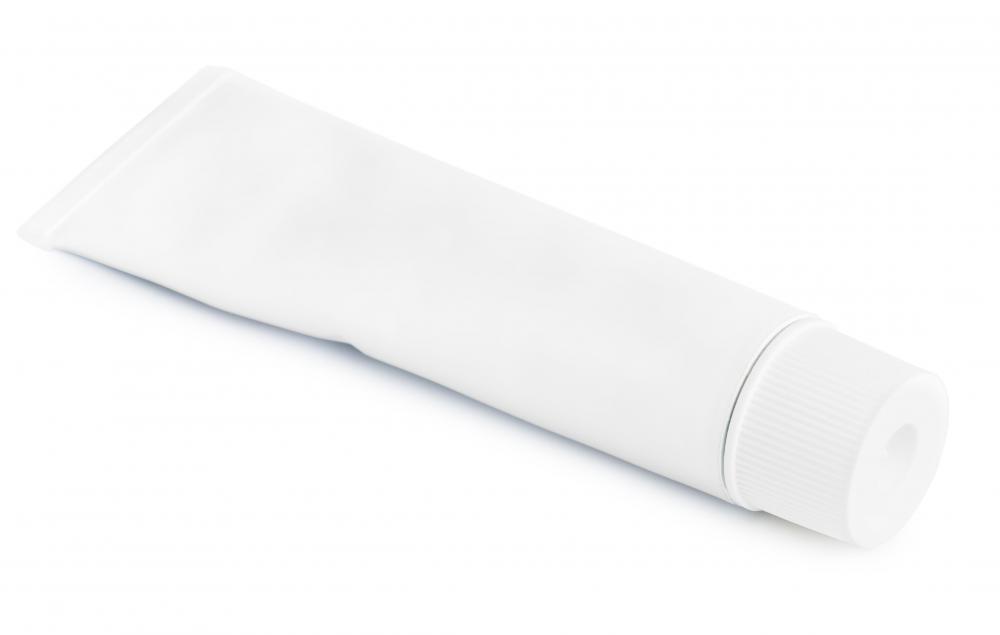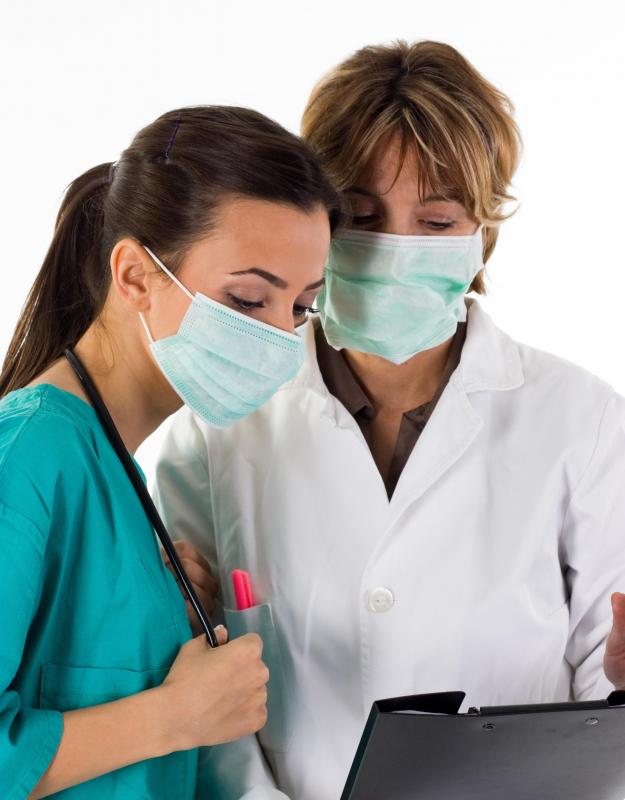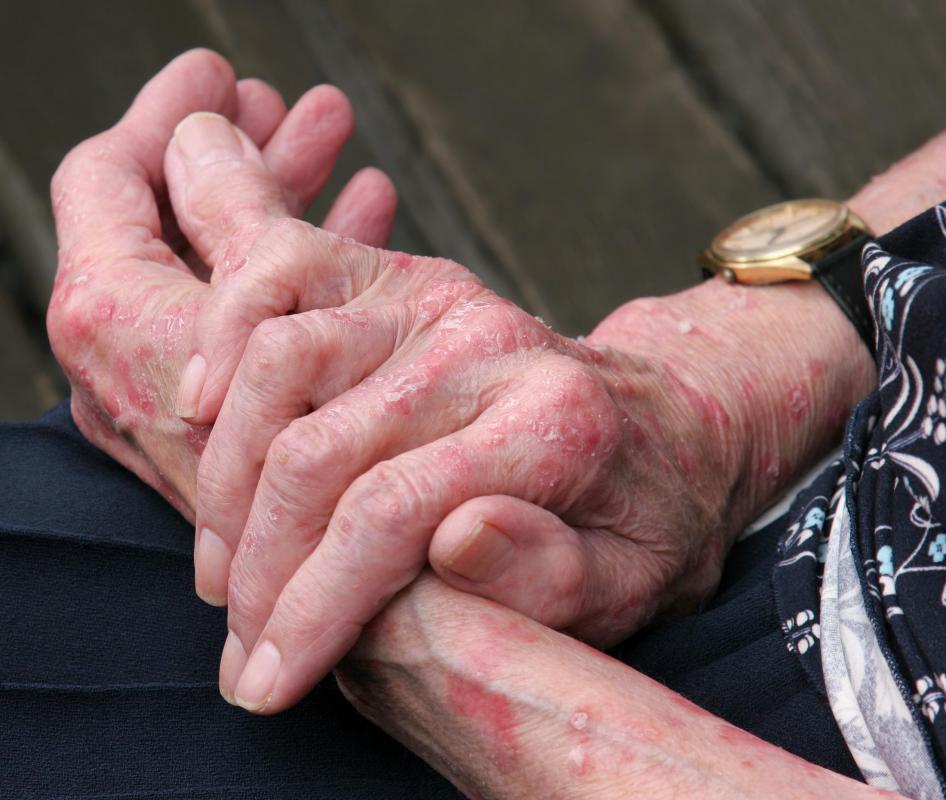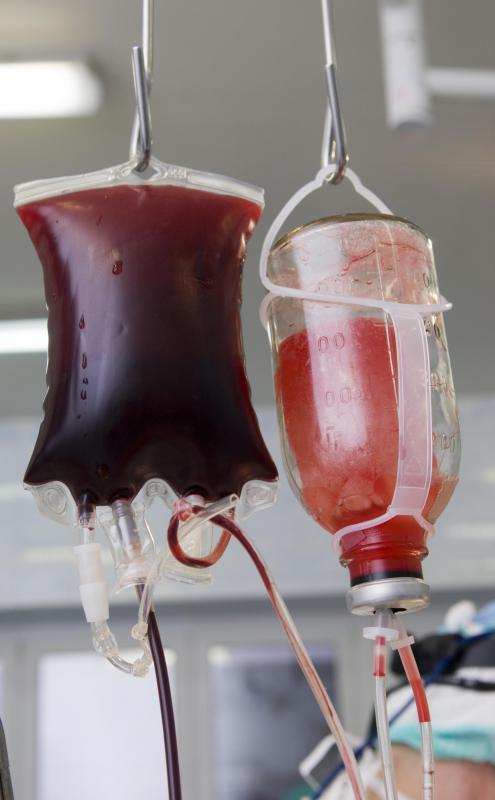At TheHealthBoard, we're committed to delivering accurate, trustworthy information. Our expert-authored content is rigorously fact-checked and sourced from credible authorities. Discover how we uphold the highest standards in providing you with reliable knowledge.
What Is a Topical Antihistamine?
A topical antihistamine typically comes in a cream form and is used to alleviate symptoms from bites, stings, or other allergic skin reactions. The antihistamine salve is rubbed into the skin over the rash or bite to stem the flow of histamine to the site, thereby alleviating any itching or swelling. The relief is usually short-lived and the cream will have to be reapplied on a regular basis. There are some nasal sprays that are considered topical antihistamines, but these are only available by prescription from a doctor. Histamine is a chemical that is produced by the body to combat any foreign bodies that could potentially harm it.
Once the histamine floods the affected site it creates antibodies to battle the infection. This is what causes the skin to become itchy and aggravated. Topical antihistamine works to shut down the production of histamine and quickly calm the site of the bite, or rash. It is advisable to check with a medical professional if the skin irritation is extensive. An oral antihistamine may be prescribed at this point.

When applying topical antihistamine it is recommended that the skin is washed with soap and water and then thoroughly dried. Only a small amount of cream is necessary to rub on the affected area, which can then be covered with a band-aid, or bandage. Rubbing in more topical antihistamine than is recommended will not necessarily stop the itching or reduce swelling any quicker. In fact, overuse of the cream may cause a number of side effects. These could include increased burning and redness.

Although antihistamine ointments are effective, there are a few cautionary points to take into consideration. Applying ointment to skin that is broken and bleeding is not recommended. Women who are pregnant or breastfeeding should consult their doctor before applying topical antihistamine. Pharmacists advise people not to use the product for more than three days in a row. Care should be taken not to swallow topical antihistamines.

Essential oils are sometimes used as a substitute for topical antihistamine. Oils derived from chamomile, oregano, lemons and cloves should be mixed with vegetable oil to ovoid irritating the skin. They can also help with conditions like acne and excessively oily skin. Care should be taken when using essential oils at the same time as applying a regular topical antihistamine. It is advisable to always consult with a doctor or pharmacist before using a natural remedy to quell the effects of an allergic reaction.
AS FEATURED ON:
AS FEATURED ON:
















Discussion Comments
@anamur-- You made good suggestions but I don't think topical antihistamines and oral antihistamines should be used at the same time or an overdose might occur. We shouldn't forget that topical antihistamines are absorbed into skin and eventually enter the bloodstream.
My doctor said that if my topical antihistamine doesn't work, I should go back and see him again before using anything else. He also cautioned me not to use antihistamine cream for more than three days.
@ysmina-- A topical cream should be effective. Plus, you said that the rash is just on one leg. So you're not experiencing an allergic reaction affecting your whole body.
Maybe you should pick up a cream and a tablet. If the cream doesn't work, you can try the tablet.
I had a similar rash once and used a topical antihistamine. The rash disappeared in half an hour.
I suddenly broke out in a rash today. It's all over my left leg. It might be an insect sting allergy, I'm not sure but it's itching a lot. Should I use an over-the-counter topical antihistamine or oral antihistamine?
Which will be more effective?
Post your comments